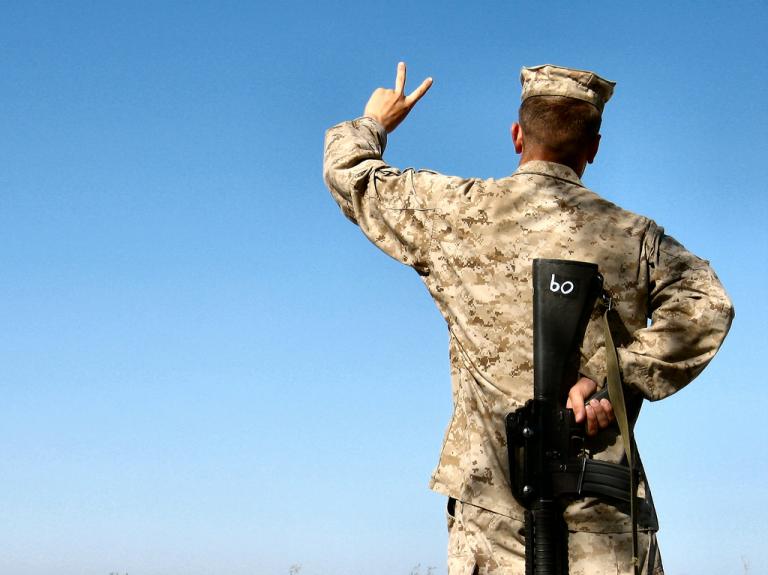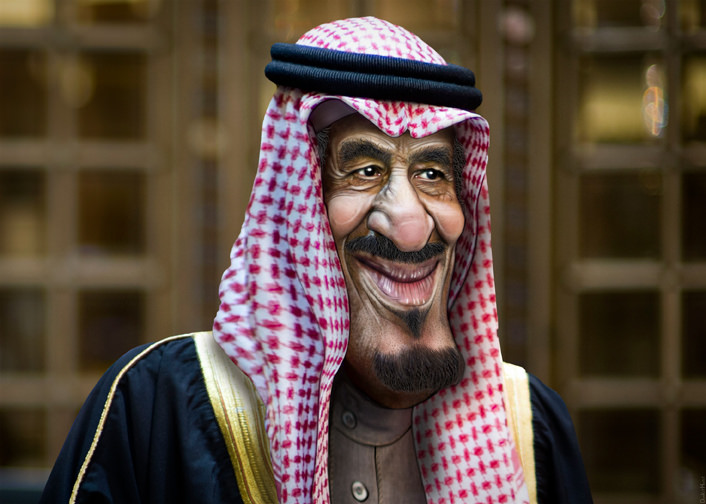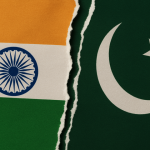
Last month the Pakistani government announced a new “national narrative” with the pro-patriotic moniker “Paigham-i-Pakistan” (Message of Pakistan). The document was prepared after consultation among religious scholars and parliamentarians. It includes a “Fatwa” (religious ruling) against terrorism endorsed by 1,800 clerics. Among the speakers were the President, Foreign Minister and Interior Minister-indicating that the government wanted this to be as high profile an occasion as possible.
A new national narrative is badly needed at a time when the forces of intolerance grow ever bolder and belligerent. However there are harsh realities that must be confronted if any such plan is to bear fruit. Such proclamations have occurred before with no respite from violent extremism. Nine major military operations since 2001 and the much touted National Action Plan of 2015 have failed to stop terror attacks and the growing tide of bigotry against religious minorities. So why is this so?
The answer to this question is best pursued in the behavior of the state.
In 1956, social scientist Gregory Bateson published a paper on the “double bind” theory of schizophrenia. He postulated that schizophrenia results from communication dysfunction in the family during the formative years of the patient. In particular verbal and non-verbal communications that were contradictory and put the individual in an emotional paradox. For example, a mother who has repeatedly punished a child for going against her wishes asks the child to contravene the father and also adds that the child should do so only because it is the right thing to do.
While the hypothesis has been largely replaced by neurobiological theories as an etiology of schizophrenia, it is a very useful construct in understanding the failings of Pakistan’s anti-terror policies.
Through the contradictions between its rhetoric and behavior, the state is putting the public in a “double bind” on the issue of violent extremism. The result is a national mindset that juxtaposes condemnations of extremism with practices that facilitate it.
The most recent case in point is the state response to the violent protests calling for the resignation of the Law Minister in November. The violent demonstrations were over (hastily abandoned) changes in a clause within an official oath testifying to Prophet Muhammad being the final Prophet. Sectarian clerics leading the protests spewed hatred against the already marginalized and persecuted Ahmadiyya Muslim sect and made repeated threats of violence.
The protests ended with the military leadership interceding and the government giving into all the demands of the protesters. Money was distributed among the same people that had damaged public property and paralyzed several major cities.
A Major General of the Rangers division of the Pakistan Army was filmed taking selfies with some of the protesters as he personally distributed checks. Even prior to the protests, members of the ruling party made vicious anti-Ahmadi diatribes in parliamentary sessions that would easily qualify as hate speech.
Another problematic behavior of the state is the kidnapping and torture of secular activists and critics of the military establishment. Many such activists have been forced to leave the country and the state is also a suspect in several murders of secular activists and journalists reporting on human rights abuses.
A cybercrime bill legislated last year has principally targeted pages criticizing Islam and a senior judge of the Islamabad High Court referred to “blasphemy” as “terrorism” while hearing a case. The Interior Minister Chaudhry Nisar has repeatedly vowed to eliminate “blasphemous” content on social media and even met with Facebook officials towards this end.
Through these actions the state exemplifies intolerance and suppresses free speech. It leaves no space for the unimpeded informed debate necessary to deconstruct and undermine the extremist narrative.
Finally, the “kill and dump” policy targeting Baloch, Sindhi and Pashtun nationalists is the state’s most unpardonable transgression. Through these assassinations the state itself sets an example of using violence as a means of control. Furthermore, this creates resentment and provincial schisms, making impossible the unity necessary to fight violent extremism.
In doing so, the Pakistani establishment is repeating the dangerous transgressions of the Baathist regimes in Iraq and Syria that fractured and brutalized their nations through state terrorism targeting opponents and minorities. Nothing breeds terrorism like state terror: you cannot exemplify violence as a primary modus of control and not expect to cultivate it in the society you terrorize.
In conclusion, Pakistan will turn the tide against violent extremism only when the state begins to exemplify pluralism and tolerance and ceases to empower those it is supposed to be fighting.
There is no dearth of brave, progressive voices in Pakistan, of men and women who are risking and losing their lives to fight for the rights of minorities and freedom of conscience. They are capable of winning this fight-but not if they keep having to fight the state as well.











